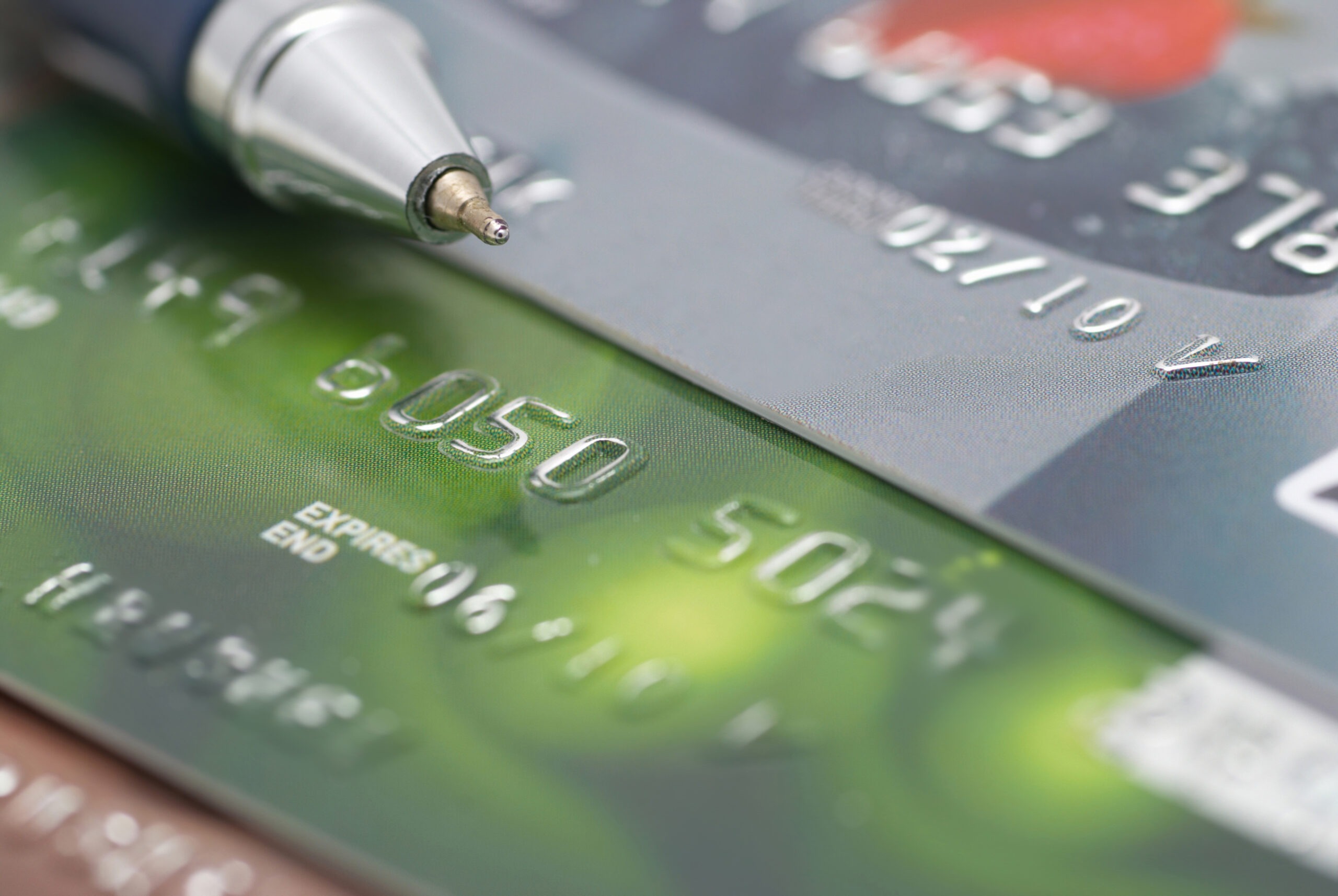In today’s consumer-driven society, credit cards have become an indispensable financial tool for many. They offer convenience, flexibility, and rewards, but they also come with a hidden danger: the minimum payment trap. While making minimum payments on credit card debt might seem like a manageable way to handle debt, it can quickly spiral into a never-ending cycle of financial struggle. In this blog post, we’ll explore the insidious nature of minimum payments and how they contribute to keeping individuals trapped in debt.
The Minimum Payment Mirage:
At first glance, the minimum payment requirement on a credit card statement might appear to be a reasonable sum. It’s often a small percentage of the total balance, typically around 2-3% or a fixed amount, such as $25. This seemingly manageable figure can lull cardholders into a false sense of security, leading them to believe that they’re making progress toward paying off their debt. However, the reality is far more sinister.
The Cost of Minimum Payments:
What many people fail to realize is that making only minimum payments barely covers the interest accrued on the outstanding balance, let alone making a dent in the principal amount owed. Credit card companies apply high interest rates, often in the double digits, which means that a significant portion of each payment goes towards interest charges rather than reducing the debt itself. As a result, individuals find themselves trapped in a perpetual cycle of paying off interest while the principal balance remains stubbornly high.
The Snowball Effect:
As the cycle continues, the balance may actually grow over time, especially if new purchases are made on the card. This phenomenon, known as the snowball effect, occurs when interest compounds on the existing balance, leading to exponential growth in debt. What started as a manageable sum can quickly balloon into a financial burden that feels insurmountable.
Psychological Impact:
The minimum payment trap not only wreaks havoc on one’s finances but also takes a toll on mental well-being. The constant stress of mounting debt can lead to anxiety, depression, and feelings of helplessness. Moreover, the longer individuals remain trapped in this cycle, the harder it becomes to break free. It’s a vicious cycle that feeds on itself, leaving many feeling trapped and hopeless.
Get Started With a Free Debt Analysis
We make it easy on mobile or desktop. FREE with no obligations.
Breaking Free:
Escaping the minimum payment trap requires a proactive approach and a commitment to financial discipline. Here are some strategies to help break free from this vicious cycle:
- Pay More Than the Minimum: While it may seem challenging, allocating additional funds toward credit card payments can make a significant difference. Even a modest increase in monthly payments can accelerate debt repayment and reduce the overall interest paid.
- Create a Budget: Take stock of your finances and create a realistic budget that prioritizes debt repayment. Identify areas where you can cut back on expenses and redirect those funds toward paying off your credit card balances.
- Consolidate Debt: Consider consolidating high-interest credit card debt into a single, lower-interest loan. This can streamline your payments and potentially save you money on interest charges.
- Seek Professional Help: If you’re feeling overwhelmed by debt, don’t hesitate to seek assistance from a reputable non-profit credit counseling agency such as AdvantageCCS. They can offer personalized advice and help you develop a plan to regain control of your finances.
- Change Your Spending Habits: Address the root cause of your debt by reassessing your spending habits and making conscious choices to live within your means. Avoid impulse purchases and prioritize needs over wants.
Conclusion:
The minimum payment trap is a dangerous cycle that can leave individuals feeling trapped in a seemingly endless cycle of debt. By understanding the true cost of minimum payments and taking proactive steps to break free, it’s possible to regain control of your finances and build a brighter financial future. Remember, the journey to financial freedom may not be easy, but it’s undoubtedly worth the effort. Take the first step today and start working towards a life free from the shackles of debt.
